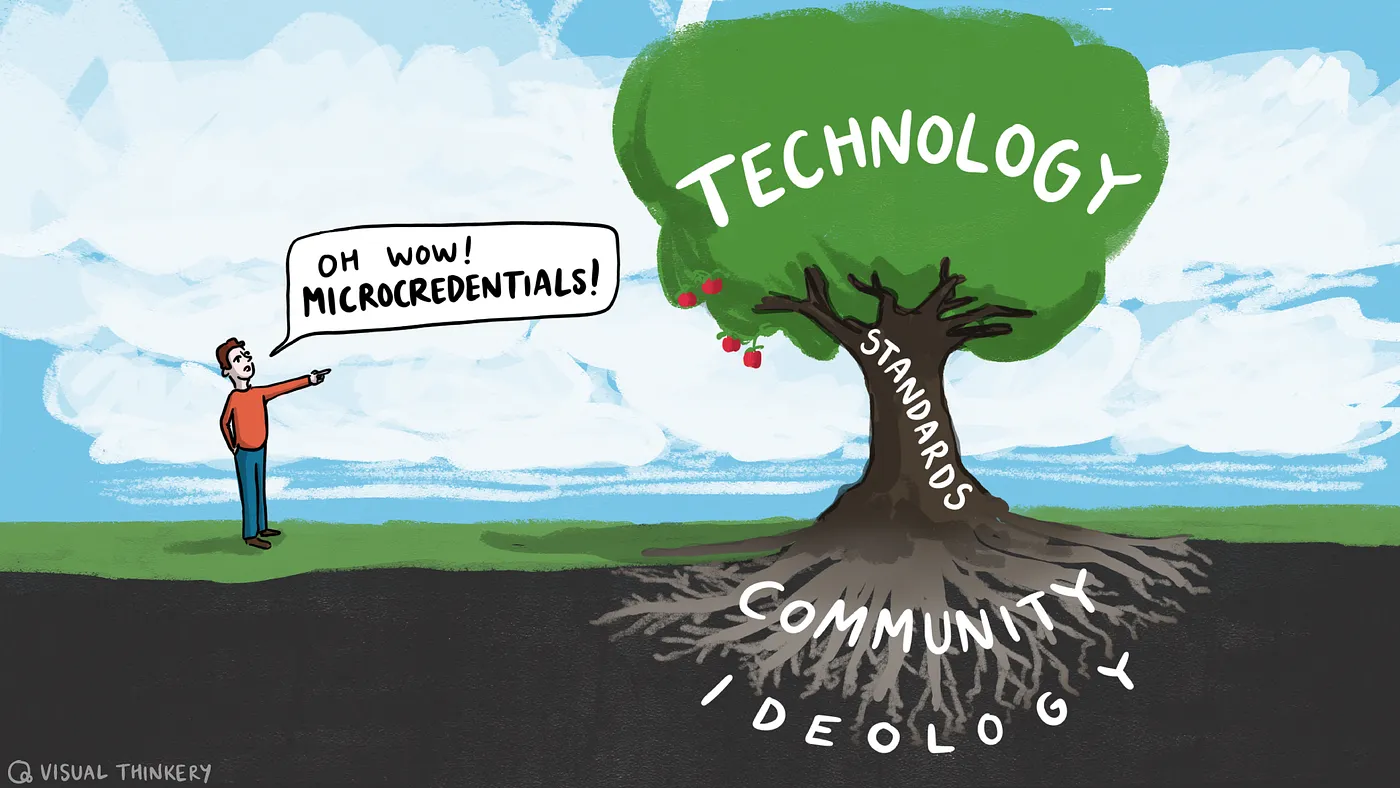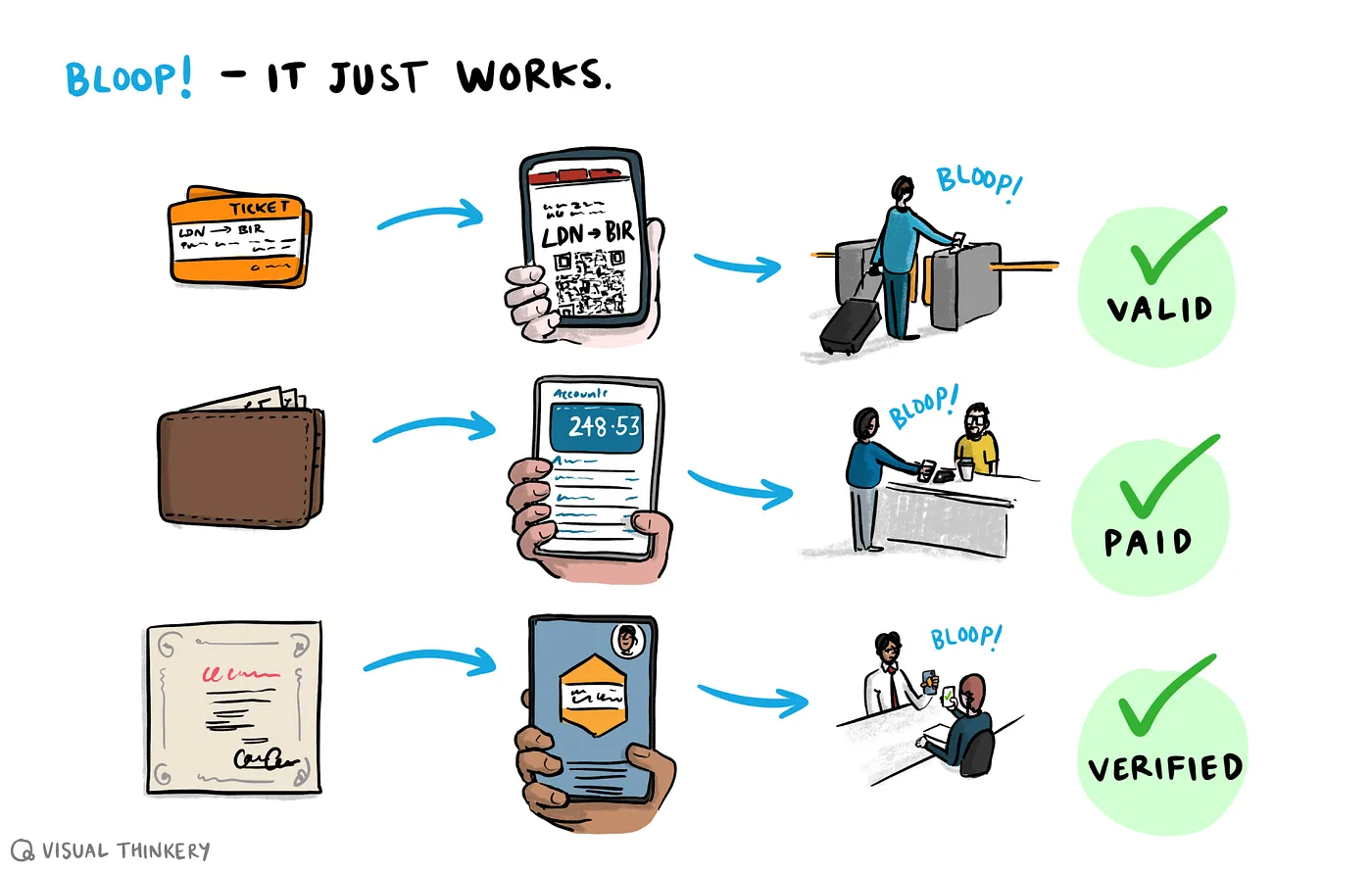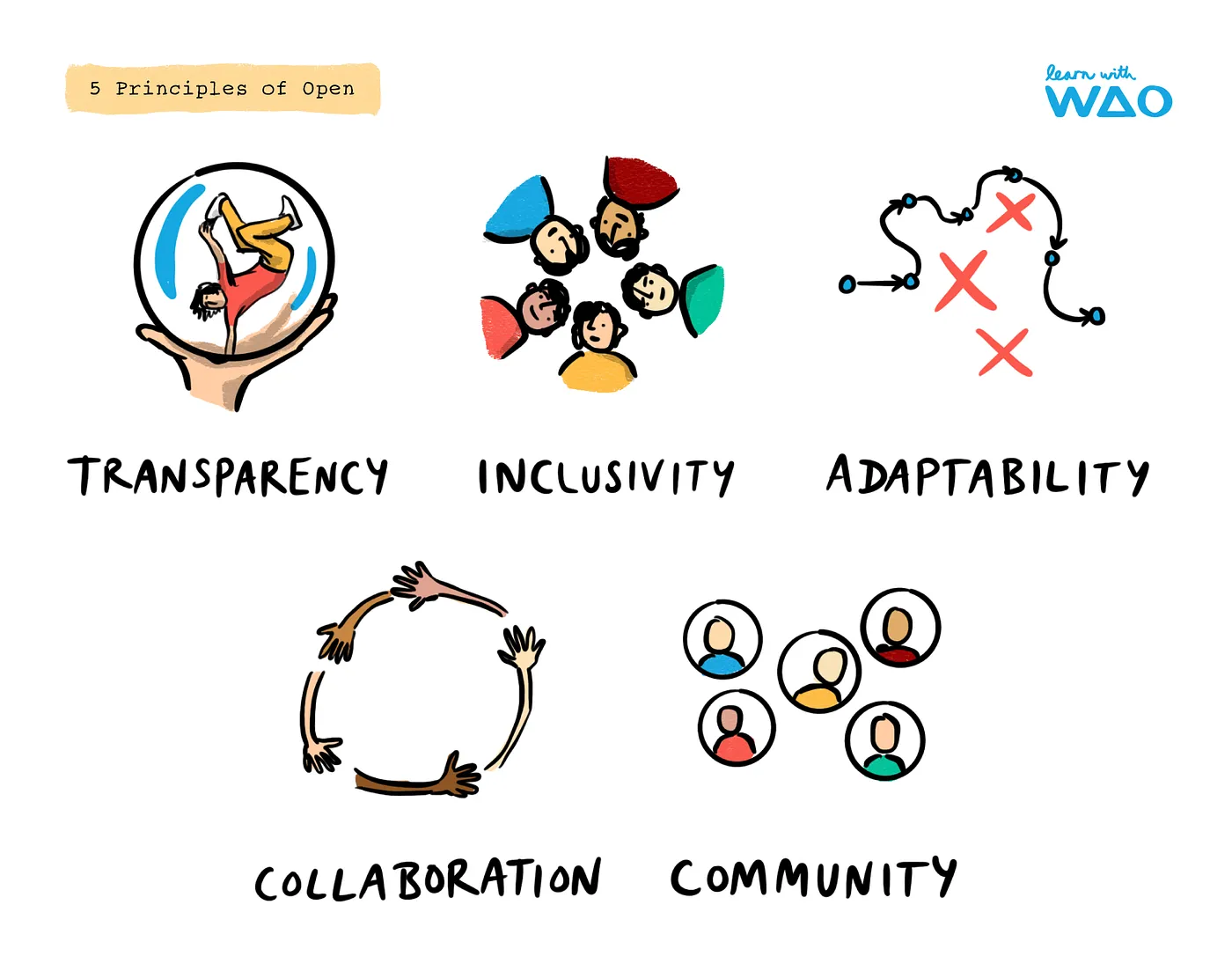
Did you ever consider that looking at a tree only reveals half of its story? Much like a tree’s roots, which stretch as a wide and deep as its branches, the visible aspect of technology barely scratches the surface.
In this post, we’re going to look at the the underpinnings to technologies such as microcredentials, particularly those based on Verifiable Credentials. We share two crucial insights: the importance of understanding the ideological foundations we use, and how seemingly-similar technologies can differ significantly beneath the surface.
The old adage ‘technology is not neutral’ may be true but that’s just the tip of the iceberg. Technologies achieve widespread use do so because of rich, complex backgrounds.
The Role of Standards
In our everyday lives, we interact seamlessly with technologies that allow us to pay for a coffee with our smartphones using Apple or Google Wallet. We scan QR codes to find a link to websites. We use digital boarding passes.
All of these examples are built upon standards — agreements on how technologies should operate, which are developed collaboratively by individuals and organisations. These people either have a deep interest in the topic, work on it professionally, or both!

The aim behind Verifiable Credentials is for them to be integrated into society to the same extent as payment methods and boarding passes. The difference is that they help us prove our identity and our achievements.
As we highlighted in a previous post, standards ensure consistency:
A standard can be just the usual way of doing something. A standard can also be a reference to make sure things can be understood in the same way, no matter where or what is referencing the standard.
For example a kilogram in France is the same as kilogram in Germany, and a kilogram of feathers weighs the same as a kilogram of bricks. The kilogram is the standard, but where it is applied or what it is used for is up to whoever is using it.
This consistency is of critical importance for credentials to remain valid and recognised, long outliving the organisations that initially adopt them.
Community Interaction
Standards don’t spontaneously arrive, but are rather the fruits of community interaction. This collaboration happens in formal settings such as the W3C or the IEEE, or through more informal groups, as was the case with ActivityPub. The latter laid the foundation for Fediverse apps such as Mastodon.
The drive to develop Verifiable Credentials has been fueled by various needs, from decentralising proof of identity, to enable the issuing of trusted documents such as passports and degrees at scale. There are also those who looking to Verifiable Credentials to finally deliver on the dream of Open Recognition.
Diversity within communities developing standards is vital. Without a range of perspectives, there is the risk that the resulting technologies serve only a fraction of its potential users. When we’re talking about proof of identity and achievement, this is an important consideration.
The Importance of Ideology
Ideologies shape the vision and goals of a community, and encompass systems of beliefs and values. In the context of Verifiable Credentials, ‘Open’ (or openness) is a key ideology. This is not just in the sense of Open Source code but in terms of broader principles around transparency, inclusivity, adapability, collaboration, and the importance of community.

Going back to the tree analogy at the top of this post, a microcredential issued using the Verifiable Credentials standard is deeply rooted in community consensus and open standards. This contrasts with other credentialing methods which may use proprietary technologies, lack adherence to standards, and ignore the broader ethos of openness.
So, to embrace the full potential of technologies built on Verifiable Credentials, we need to dig beneath the surface. We must understand and appreciate that complex supporting structure of community, standards, and ideology. This understanding helps guide us towards contributing to a more just, inclusive, secure, and adaptable digital ecosystem.
Conclusion
In examining the foundations of Verifiable Credentials, we uncover a complex blend of ideology, standards, and community collaboration. These core elements go beyond mere technical specifications, and help define the technology’s purpose and potential.
As we explore the underlying principles of technologies such as microcredentials, it’s evident that our interaction with these technologies should extend deeper than their surface-level function. Embracing values of openness, inclusivity, and collective effort, we can contribute to a digital landscape that safeguards individual rights while promoting innovation and trust.
We all need to dig deeper, explore the ideological foundations, understand the importance of standards, and actively participate in the communities that build our world. Reach out to us and let’s work together to help steer towards a future where digital credentials support and empower everyone.
Doug Belshaw and Laura Hilliger collaborated closely, as they tend to do, on this post.